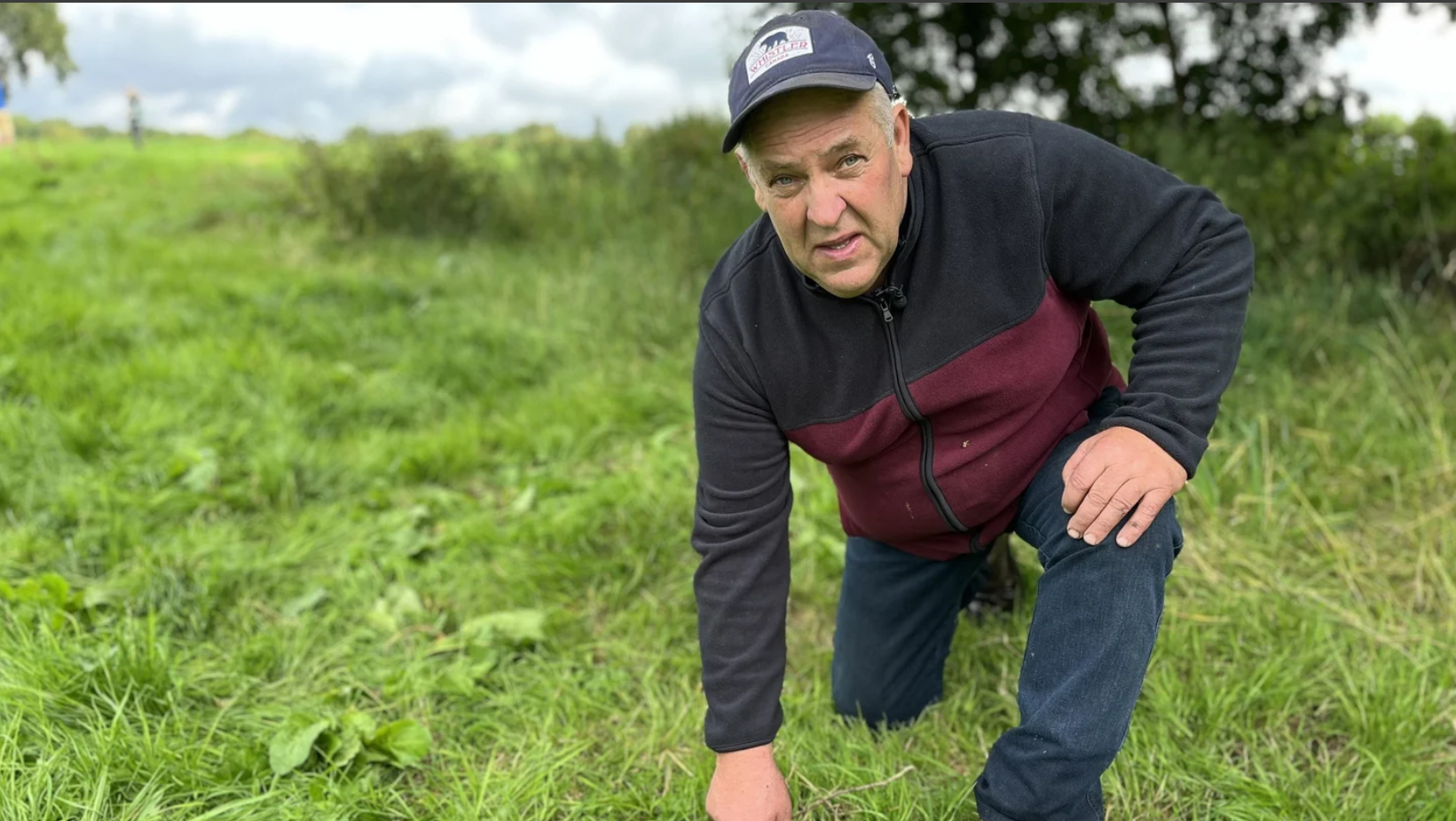Mystery of anonymous Bronze Age axes solved
Categories: Nálezy nejenom s detektorem ve Velké Británii a Irsku
As we reported in a previous article, two Bronze Age axes were sent anonymously to the National Museum of Ireland last month. As it is illegal to search for archaeological artefacts with a metal detector in Ireland, the sender was concerned about criminalisation. After being challenged by the archaeologists and assured that he was not facing any penalties, he eventually turned himself in and brought the archaeologists to the "crime" scene.
When the museum received the anonymous shipment of bronze axes, it invited the finder to come forward so that the information could be traced: "It is essential for us to know the exact location where they were found," the archaeologists said in an appeal to the NationalMuseum to the public, adding that any information would be treated as confidential and used only to supplement the find.
Following the media coverage, farmer Thomas Dunne from County Westmeath came forward. He discovered the axes on his own land at the end of June while searching for a suspected piece of farming equipment. "One day I was cutting grass for silage and a piece of metal fell out of the mower," he told the Irish Times. "We started looking for it because we thought it might have fallen into the silage machine and damaged it. So I got a man with a metal detector who actually found the items. They were lying on the edge of the field under a row of old beech trees," he added.
Dunne at first thought they were plow fragments or some other kind of scrap metal, and almost threw the axes back into the ditch. But the assisting detectorist recognized archaeologically significant artifacts in them. So Dunn packed them in an oatstick box and sent them anonymously to the museum, because any archaeological finds in Ireland are the property of the state and people who illegally search for and conceal them face serious penalties.
However, since Dunne was not actually looking for archaeological objects, he was not actually breaking the law. He was aware that he did not face a heavy sentence of up to three months in prison or a fine of 1.6 million crowns, he just figured that discretion was better for him. He only found out about the age and function of the artefacts from the daily press a week later and therefore decided to contact the museum.
"I only found out about it a week after it was in the news, and I was surprised to say the least. It's absolutely crazy when you think about it," he told the Irish Times. "The National Museum was really happy about the whole discovery," he added, noting that archaeological finds in Ireland are becomingbecome the property of the state and as part of the country's heritage are preserved in designated museums for posterity.
Archaeologists from the National Museum of Ireland are now examining the site of the find and carefully documenting everything. By notifying the site, they can add important insights: 'Because this information contributes greatly to the understanding of the object and its provenance, and therefore to the value of the discovery. The distribution patterns of archaeological sites, for example, allow archaeologists to understand ancient settlements."
Video
Roman Němec
Sources: theguardian.com, thehistoryblog.com, museum.ie, rte.ie
You can take a look at nearly 400 Bronze Age axes found in the Czech Republic and Slovakia using metal detectors in the History Hunters section:
 Thomas Dunn and the place of discovery
Thomas Dunn and the place of discovery
 one of the axes
one of the axes

were lying right here...

Old beech trees on the edge of the meadow at the site of the find

carefully packed axes in a shipment for the museum
The article is included in categories: